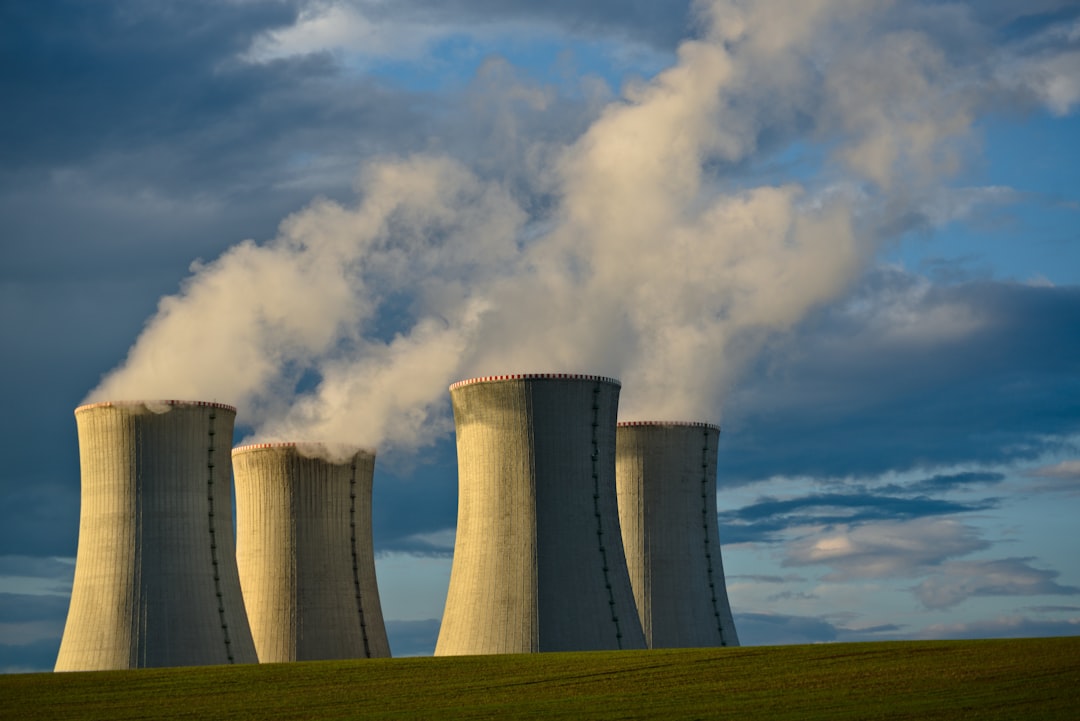What is it about?
Surface activation and functionalization by plasma treatment have a significant role in the hydrophilic and hydrophobic modification of surfaces for applications in distillation, separation, and purification processes. In this work, we have demonstrated the effective hydrophilic modification of poly(vinylidene fluoride) (PVDF), poly(acrylonitrile) (PAN) and NH2-functionalized multiwall carbon nanotube (MWCNT) blends in 5 min of air plasma treatment. Porous and ablated morphology was observed by subjecting the blends under scanning electron microscope (SEM). The hydrophobic state of the untreated surfaces was transformed into the hydrophilic state due to plasma treatment which was confirmed by water contact angle (θ) measurement. Concerned to the θ value, an increase in the surface free energy (γSE) and the work of adhesion (WAD) was found. To underpin the effect of air plasma and its physiochemical influence on the surfaces, Fourier transform infrared (FT-IR) spectroscopy analysis and atomic force microscopy (AFM) studies were done. The IR analysis supports the change in chemical functions (C≡N), and from the AFM study, the root mean square (RMS) roughness was increased for all the plasma treated samples. The viability of plasma treatment and its influence on surface modification was explored and addressed by correlating the results of surface analysis.
Featured Image

Photo by Joshua Hoehne on Unsplash
Why is it important?
Surface activation and functionalization by plasma treatment have a significant role in the hydrophilic and hydrophobic modification of surfaces for applications in distillation, separation, and purification processes. In this work, we have demonstrated the effective hydrophilic modification of poly(vinylidene fluoride) (PVDF), poly(acrylonitrile) (PAN) and NH2-functionalized multiwall carbon nanotube (MWCNT) blends in 5 min of air plasma treatment. Porous and ablated morphology was observed by subjecting the blends under scanning electron microscope (SEM). The hydrophobic state of the untreated surfaces was transformed into the hydrophilic state due to plasma treatment which was confirmed by water contact angle (θ) measurement. Concerned to the θ value, an increase in the surface free energy (γSE) and the work of adhesion (WAD) was found. To underpin the effect of air plasma and its physiochemical influence on the surfaces, Fourier transform infrared (FT-IR) spectroscopy analysis and atomic force microscopy (AFM) studies were done. The IR analysis supports the change in chemical functions (C≡N), and from the AFM study, the root mean square (RMS) roughness was increased for all the plasma treated samples. The viability of plasma treatment and its influence on surface modification was explored and addressed by correlating the results of surface analysis.
Perspectives
Surface activation and functionalization by plasma treatment have a significant role in the hydrophilic and hydrophobic modification of surfaces for applications in distillation, separation, and purification processes. In this work, we have demonstrated the effective hydrophilic modification of poly(vinylidene fluoride) (PVDF), poly(acrylonitrile) (PAN) and NH2-functionalized multiwall carbon nanotube (MWCNT) blends in 5 min of air plasma treatment. Porous and ablated morphology was observed by subjecting the blends under scanning electron microscope (SEM). The hydrophobic state of the untreated surfaces was transformed into the hydrophilic state due to plasma treatment which was confirmed by water contact angle (θ) measurement. Concerned to the θ value, an increase in the surface free energy (γSE) and the work of adhesion (WAD) was found. To underpin the effect of air plasma and its physiochemical influence on the surfaces, Fourier transform infrared (FT-IR) spectroscopy analysis and atomic force microscopy (AFM) studies were done. The IR analysis supports the change in chemical functions (C≡N), and from the AFM study, the root mean square (RMS) roughness was increased for all the plasma treated samples. The viability of plasma treatment and its influence on surface modification was explored and addressed by correlating the results of surface analysis.
Professor GIRISH M JOSHI
Institute of Chemical Technology
Read the Original
This page is a summary of: Studies on the Surface and Wetting Properties of Poly(vinylidene fluoride)/Poly(acrylonitrile)/Multiwalled Carbon Nanotube-NH2 Blends as a Function of Air Plasma Treatment, Journal of Materials Engineering and Performance, May 2021, Springer Science + Business Media,
DOI: 10.1007/s11665-021-05915-w.
You can read the full text:
Contributors
The following have contributed to this page










